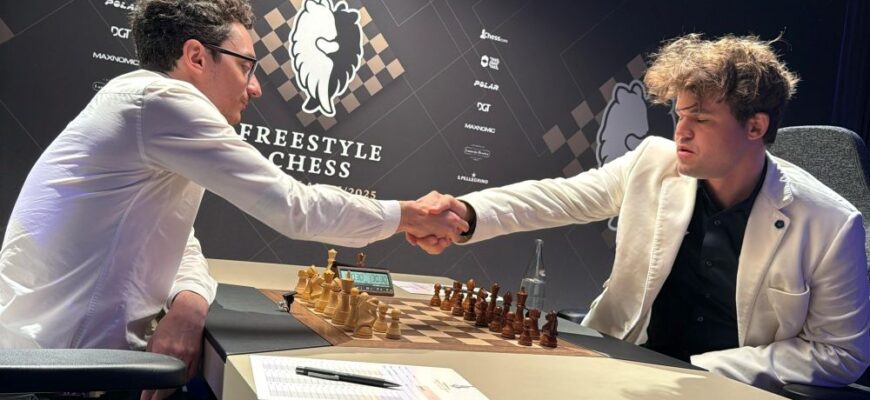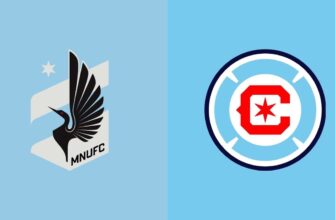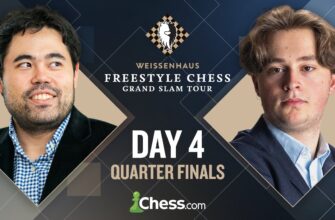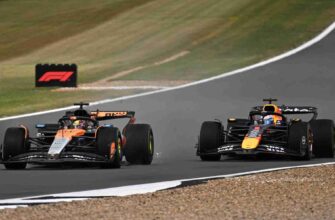The chess world is once again focused on innovation and top-tier competition as the inaugural Freestyle Chess Grand Tour gets underway in Weissenhaus, Germany. Featuring a star-studded lineup including the reigning World Champion Dommaraju Gukesh and the ever-influential Magnus Carlsen, the tour promises exciting battles in a dynamic format. However, its launch is occurring against the backdrop of a rather public and occasionally testy dispute between the tournament organizers and the sport`s global governing body, FIDE.
The Administrative Chessboard: A Spat with FIDE
At the heart of the tension is a disagreement over terminology and authority. The promoters of the Freestyle Chess Grand Tour initially positioned their event, and its eventual winner, as a “World Championship” and “World Champion.” FIDE, which considers itself the sole authority for organizing official world championships (including the previously established Fischer-Random World Championship), took issue with this branding. This led to accusations from the FCGT side, backed by Carlsen and organizer Jan Henric Buettner, claiming FIDE was threatening players with exclusion from the FIDE cycle if they participated in `rival` world championships. Carlsen and Buettner even went so far as to call for the resignation of FIDE President Arkady Dvorkovich, citing broken promises.
FIDE`s stance, as articulated by CEO Emil Sutovsky, was that while contracts might contain restrictive clauses, the federation was not actively seeking to ban players. The conflict reached a temporary détente when the FCGT agreed to remove the “World Championship / World Champion” designation from their promotional materials, but notably, only for a limited period (the next 10 months). Thus, while hostilities are currently paused for the start of the tour, the underlying tension and potential for future flare-ups remain.
Unpacking Freestyle Chess: It`s Not Quite New, Just Remixing the Rules
Despite claims of reinventing the game, “Freestyle Chess” is essentially Fischer-Random chess, a format developed by the legendary Bobby Fischer in 1996. It`s more commonly known as Chess960, a name derived from the 960 possible starting positions. The core idea is to significantly reduce or eliminate the impact of opening preparation and memorization, which dominate classical chess at the highest levels, and instead emphasize pure tactical and positional understanding from the very first move.
In Chess960, the pieces on the back rank are randomized, but with crucial constraints: the bishops must start on squares of opposite colors, and the king must be positioned between the two rooks. Both White and Black have mirrored starting setups. This randomness, governed by these specific rules, ensures strategic novelty in every game while retaining the fundamental dynamics and piece values of traditional chess, including the possibility of castling (with specific rules adapted for the randomized starting position).
Why Carlsen Finds Freedom in Freestyle
Magnus Carlsen has been a vocal advocate for formats that diminish the role of deep opening theory. His preference stems from a desire to see players rely more on their innate chess ability – the capacity to quickly assess a position and find the best move – rather than recall vast databases of opening lines. Classical chess, with its extensive theory, often favors the latter. Speed chess formats lean heavily on the former. Carlsen sees Freestyle Chess, particularly when played with longer time controls (as in the knockout stages of the FCGT), as striking a compelling balance, demanding sharp calculation and strategic insight without the hours of pre-game preparation that famously led him to step away from the classical World Championship cycle.
The Indian Presence: Gukesh Leads the Charge
India has a significant stake in this new tour. As the current World Champion, Dommaraju Gukesh secured an automatic spot, representing the pinnacle of the sport in this fresh format. He is the sole Indian participant in the main event. Veteran Indian grandmaster Viswanathan Anand was initially slated to participate via a wild card but later withdrew from the tour. Other prominent Indian players, Praggnanandhaa and Vidit Gujrathi, competed in the qualifying event, showcasing the format`s appeal within the country`s strong chess community, though they did not advance to the main tour lineup.
Tournament Structure: A Tour Across the Globe
The Freestyle Chess Grand Tour features a field of ten elite players. This lineup includes top performers from previous Chess960 events, high-ranked classical players, wild card entries, the reigning World Champion (Gukesh), and qualifiers. The tournament structure for each `Grand Slam` event involves two distinct phases:
- Round-Robin Stage: All ten players compete in a rapid format (10 minutes + 10-second increment per move).
- Knockout Stage: The top eight players from the round-robin advance to a knockout bracket, played with classical time controls (90 minutes + 30-second increments).
Points are awarded based on final standings in each event, adopting a Formula 1-style scoring system (25 points for first, 18 for second, down to 1 point for tenth). The tour consists of five such Grand Slam events held throughout the year in various international locations: Weissenhaus (Germany), Paris, New York, New Delhi, and Cape Town. The cumulative points from these events will determine the overall tour champion.
As the pieces are set in Weissenhaus, the chess world watches with keen interest. Will the exciting Freestyle format capture wider appeal? How will the administrative drama with FIDE play out over the year? And, of course, who will navigate the unique complexities of Chess960 to emerge victorious? The tour promises not only high-level chess but also an ongoing narrative that extends beyond the 64 squares.









